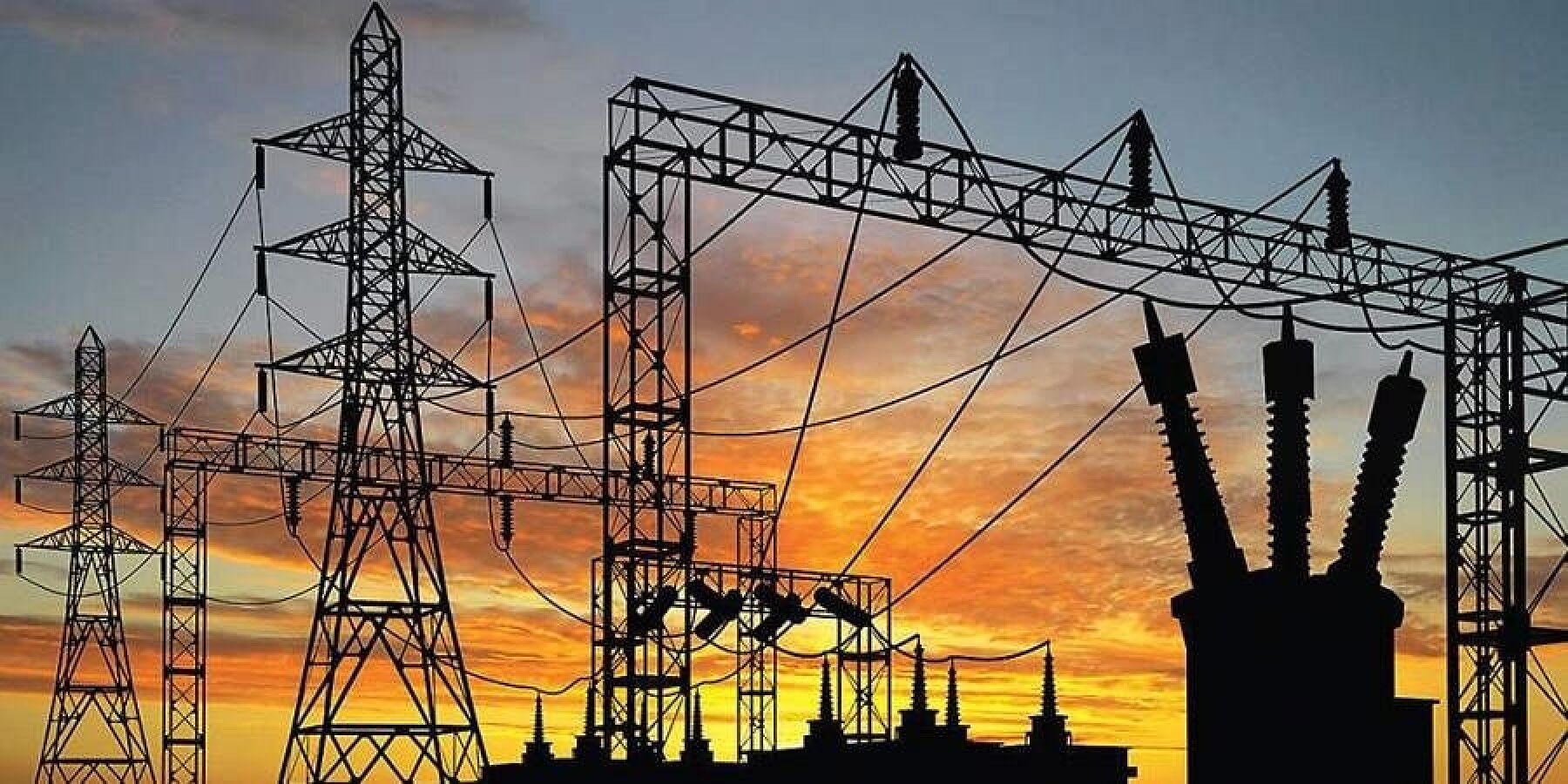An avoidable crisis?

Multiple states across India are witnessing power crises — a phenomenon that characterises the April-October period on an annual basis. Like preceding years, states are going through extensive power cuts and administrations are wildly searching for quick fix solutions. Generally, with summers getting hotter after April, states and UTs witness a surge in power demand and, for any reason, if the supply of coal is hampered, the situation becomes worse. In Delhi, for instance, the power demand has touched above 6,000 MW on a daily basis but coal stocks have been on a decline. Uttar Pradesh, too, has a power deficit of 3,000 MW; only 20,000 MW of the total demand of 23,000 MW could be achieved. The Union Territory of Jammu & Kashmir is also reeling under a similar crisis with the production being just half of the total demand. Certain states in southern, eastern and Western parts of the country are also facing the power crisis. The primary reason is India's overdependence on coal for power generation. It is estimated that of the total capacity of 396 GW, coal-based power generation accounts for 210 GW — more than half of the overall capacity. This overdependence on coal for power generation is a major problem which will only get worse in the coming future; the reason for this is straight and simple — coal stocks are limited and their exploitation follows a one-way route, towards irreversible depletion. Availability of coal is not the only concern. The shortage is also magnified by the existing lacunae in the mobilisation of coal resources. Effective mobilisation can be made possible through efficient collaboration among the Coal Ministry, Power Ministry and the Railways Ministry. While the Railway ministry contributes by providing the required coal rakes, the Coal ministry is involved in loading and unloading of the rakes. The two ministries are integral to the fulfilment of the targets set by the Power ministry. Present estimates show that production of coal is ample throughout the country. The core issue is mobilisation. Such a lack of coordination is inexplicable as the process is more of routine nature, rather than being a one-off problem. A part of the problem can be solved if authorities plug in these loopholes without delay. Monitoring mechanisms also need to function rigorously in tandem to avoid slippages. Furthermore, with the range of climactic aberrations and exorbitant heat we are witnessing, the governments must ensure strict compliance of coal stocking norms on the part of thermal power plants. Notably, the current guidelines for 2022-23 advise the import of 36 MT of coal for emergency blending by plants to ensure the mandatory maintenance of stocking limits. Coal supplies also get hampered by climatic conditions like irregular precipitation and other things. Precautionary measures must be devised on this front. While effective mobilisation of coal resources and strict compliance to coal stocking norms can strengthen the supply side and bridge the gap of rising power demand in the immediate future, there also has to be a long-term solution in sight to strategically shift from coal energy to renewables for power generation. The sooner we realise that coal cannot be depended upon for longer duration, the better we can ward off more grave power crises in coming years and decades. The decision to shift from coal to renewables should, however, be made very tactically and meticulously. Examples from certain countries show that abrupt shift from coal to renewables has led to more problems than providing answers. In any case, the problem of the recurring coal crisis should no longer be seen through the traditional lens. It is closely associated with dynamic climatic shifts. It is high time that all the stakeholders come together and chalk out a plan that would reduce the power sector's dependence on coal and incorporate more sustainable options in the solution framework. The climate is changing very fast, we cannot afford to act in a slow manner.



